

| Northern Clans, Northern Traces |
| National Museum of Natural History |
| A 9,000 year old skeleton found near Kennewick, Washington, may radically change our theories about the peopling of the New World. Northern Clans, Northern Traces chronicles these new developments in paleo-archeology and brings the ancient circumpolar world into focus. |

| Rebel Poets of the 1950s |
| National Portrait Gallery |
| "America demands a poetry that is bold, modern and all-surrounding and kosmical, as she is herself." Although Walt Whitman wrote that prescription shortly after the Civil War, it also vividly describes the generation of American poets who came of age after World War II. During moments of cultural change, poets have joined artists on the front lines of expanding consciousness by forging a vernacular language that gives expression to contemporary life. |
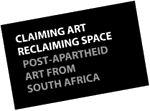
| Claiming Art/Reclaiming Space: Post-Apartheid Art from South Africa |
| National Museum of African Art |
| Contemporary South African art takes many forms and expresses a range of ideas and emotions. The system of repression that ruled in South Africa until recently denied black artists opportunities for creative expression. With the relaxation and elimination of barriers since 1989, the strictures on artists have lifted. Many of the 54 works on view by both black and white artists contain strong political and social statements. |
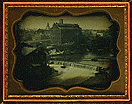
| Secrets of the Dark Chamber; The Art of the American Daguerreotype |
| National Museum of American Art |
| While in Paris in 1838 to secure a French patent for the telegraph, Samuel Morse heard about Daguerre and his wonderful pictures. Learn how he brought the technology of the Daguerreotype to America. |
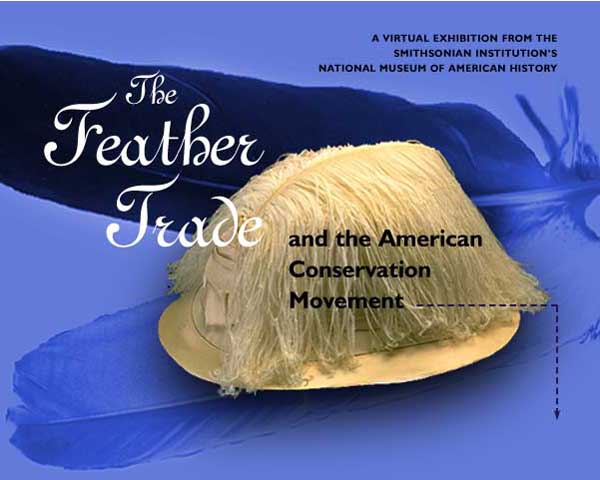
| The Feather Trade |
| National Museum of American History |
| America in the 19th century seemed a land of limitless natural resources. Writers, artists, hunters, collectors, and the new middle class exploited the wonders of the natural world in their work, homes, and dress. But this fascination with nature and a thriving market for its products caused sharp declines in the numbers of many species. Despite attempts to control hunting, few regulations were widespread and effective enough to halt the slaughter of some animals. Angered by the cruelty inflicted on birds hunted for fashion, a few compassionate and determined individuals stepped forward in the 1890s to found the first conservation groups, including the Audubon Society. |
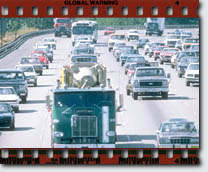
| Global Warming: Focus on the future |
| National Museum of Natural History |
| The Earth's average temperature has increased by about 1°F (0.5°C) over the past century. Explore how natural processes have changed climate in the past and how human activities may be warming the Earth today. |
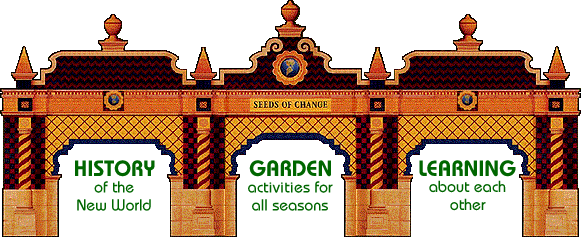
| Seeds of Change Garden |
| National Museum of Natural History |
| A lot of the food we take for granted wasn't even known to the Europeans until after the Columbian Exchange. When contact was made with the New World, a whole cornucopia of new foods was introduced to the explorers, who would distribute them all over the world. |

| Beyond the Limits |
| National Air and Space Museum |
If there has been one development that has most affected flight technology since 1976, it has been the application of digital computer to flight. That phenomenon is the subject of the Beyond the Limits gallery. |
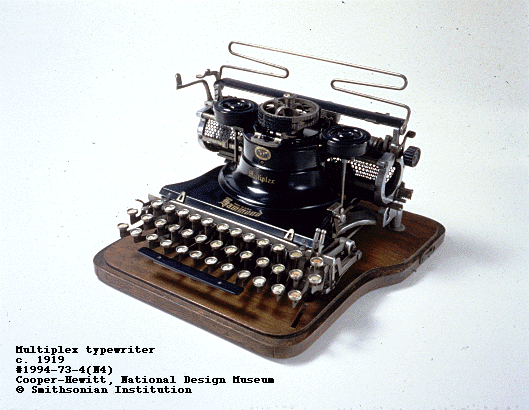
| From Carbons to Computers |
| Smithsonian Office of Education |
| Carbons to Computers strives to enrich understanding of several familiar themes: trade and commerce, economics, the industrial revolution, work, women's roles, technology, inventions, power, beliefs and customs, capitalism, postindustrial economy, reform movements, and change. |

| Secrets of the Dark Chamber; The Art of the American Daguerreotype |
| National Museum of American Art |
While in Paris in 1838 to secure a French patent for the telegraph, Samuel Morse heard about Daguerre and his wonderful pictures. Learn how he brought the technology of the Daguerreotype to America. |

| Magic Laterns, Magic Mirrors |
| National Museum of American History |
| Like fun-house mirrors, motion pictures over the past one hundred years have reflected, challenged, influenced, and altered our visions of ourselves and the world in which we live. |

| From Frying Pan to Flying V: The Rise of the Electric Guitar |
| National Museum of American History |
| This exhibit features instruments that illustrate how innovative makers and players combined the guitar with a pickup (sensor) and amplifier to create a new instrument and a new sound that profoundly changed popular music--blues, country, rhythm and blues, jazz, and rock and roll--in the 20th century. |